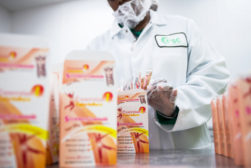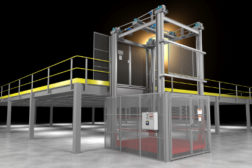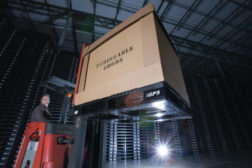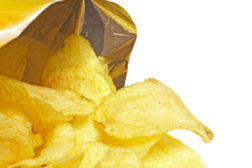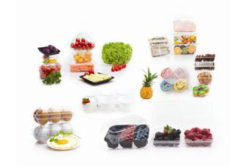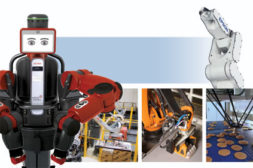Home » food safety
Articles Tagged with ''food safety''
OCTAL’s streamlined manufacturing process eases traceability for thermoformers
Process for DPET sheet allows for transparent and straightforward traceability documentation.
January 3, 2013
Cover Story: Automate 2013
The evolution of robots in packaging
A look at the imminent growth in the use of automation that’s lending packagers a helping arm.
December 14, 2012
Keep the info flowing with our eNewsletters!
Get the latest industry updates tailored your way.
JOIN TODAY!Copyright ©2025. All Rights Reserved BNP Media.
Design, CMS, Hosting & Web Development :: ePublishing

